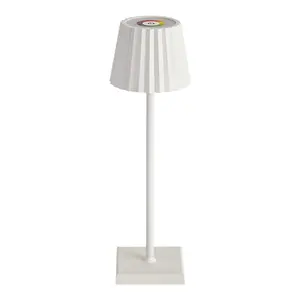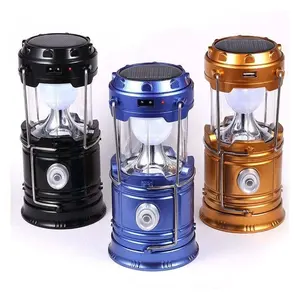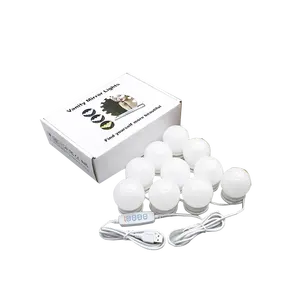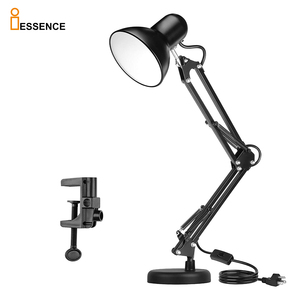Popular in your industry










































 Ready to Ship
Ready to Ship



































































































































































Top categories
About clapping light
A clapping light, also known as the clapper light, is a unique type of lamp that turns on and off via the detection of hand clapping sounds. Instead of manually flipping a traditional wall switch, clap lights respond to the clap of hands to control connected lamps and light fixtures. These solutions are often used in scenarios where traditional switches may be inconvenient, such as when hands are full, enhancing accessibility and ease in diverse home or office settings.
Types of clapping lights
There are two main types of the clapper light switch - wired and wireless options. Wired clapping lights plug directly into a standard wall outlet near the light fixture they will operate. Wireless clapping lights run on battery power and can be placed anywhere within range of the lights, offering more flexibility in placement.
Both wired and wireless clapping light switches contain microphones to detect sound waves, as well as microprocessors that analyze the audio signature of clapping hands. Wired versions also integrate an electrical switch mechanism, while wireless models include a radio transmitter. Plastic and electronic components house these internal mechanisms.
Clap light bulb provides a hands-free lighting control solution that is especially useful for users who find traditional wall switches difficult or impossible to access. Common applications for clapping on lights include bedside lamps, accent lighting in living rooms or home offices, and lights above kitchen sinks or cooktop areas. Remote accessibility allows clapping lights to serve as an assistive technology for those with limited mobility.
Benefits of clapping lights
Some key benefits of clapping lights include convenience - with no need to locate and flip a switch, clap to turn lights on or off. This hands-free functionality makes clapping lights an engaging novelty that can add an element of fun for children. Their remote operation provides lighting access from anywhere within the detection range. However, clapping light switches also come with some disadvantages. Detection accuracy can vary based on surface materials, distances between the user and the switch, and loud background noises that may interfere with sound recognition. Wireless models require periodic battery replacement as well. False activations are also possible from other unintended clapping sounds.
In summary, clapping lights present an innovative way to remotely control home lighting through the simple act of clapping the hands. Their accessibility and novelty benefits come with some tradeoffs in consistency and additional maintenance needs compared to standard wall switches. For the right applications and users, clapping lights deliver hands-free lighting control.






















































